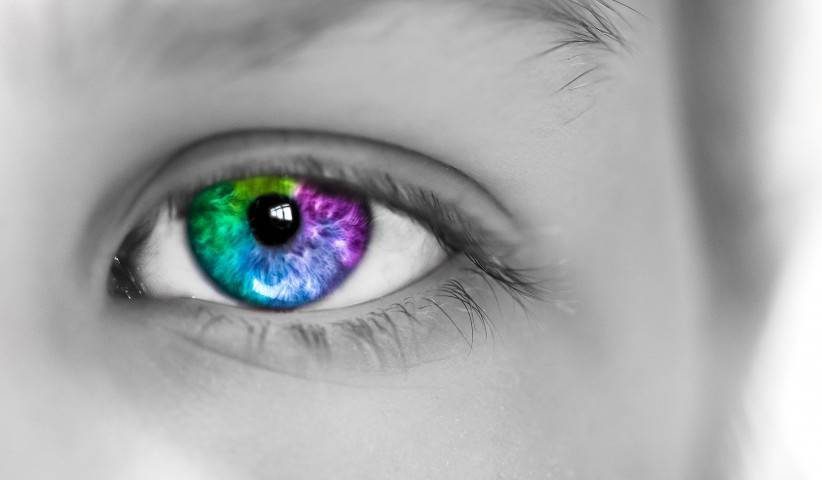What Are Color Blindness Glasses?
EnChroma develops cutting-edge lens technologies and high-performance eyewear for color blindness. Invented by a Ph.D. glass scientist and UC Berkeley mathematician, these revolutionary color blindness glasses combine the latest in color perception neuroscience and lens innovation to improve the lives of people around the world.
Patients are offered modern collections in an array of styles that are all Rx customizable to provide bright, vibrant color for all. Based in Berkeley, California, EnChroma received a SBIR grant from the National Institute of Health (NIH) and earned the 2016 Tibbets Award from the U.S. Small Business Administration in recognition of the firm’s innovative impact on the human experience through technology.
There continue to be advances in the revolutionary lens technology with inventions that improve access and accessibility for the color blind community and beyond. For more information, visit EnChroma.com.

How Do Color Blindness Glasses Work?
Glasses have been created that can separate wavelengths of light like a filter. Normally, everyone has 2 receptors, red and green, that can filter light normally, but when there’s an abnormality, these receptors can misunderstand the wavelengths and mess up the colors. With color blindness glasses filtering out specific wavelengths of light, your brain will figure out the color and begin to display the right definition of color!
According to genetic population statistics, it is estimated that 4 out of 5 cases are forms of partial color blindness (also called anomalous trichromacy) which are addressable using this advanced optical lens technology.

What Is Color Blindness?
Color blindness (also called color vision deficiency by vision scientists), is a condition in which the retinal cone cells respond to light differently than normal. People with color blindness can usually still see colors but have color confusions or see certain pairs of colors so similarly that they cannot tell them apart.
Approximately 1 in 12 men and 1 in 200 women have some degree of color blindness. There are different types of color blindness but the most common is known as ‘red-green color blindness.’
